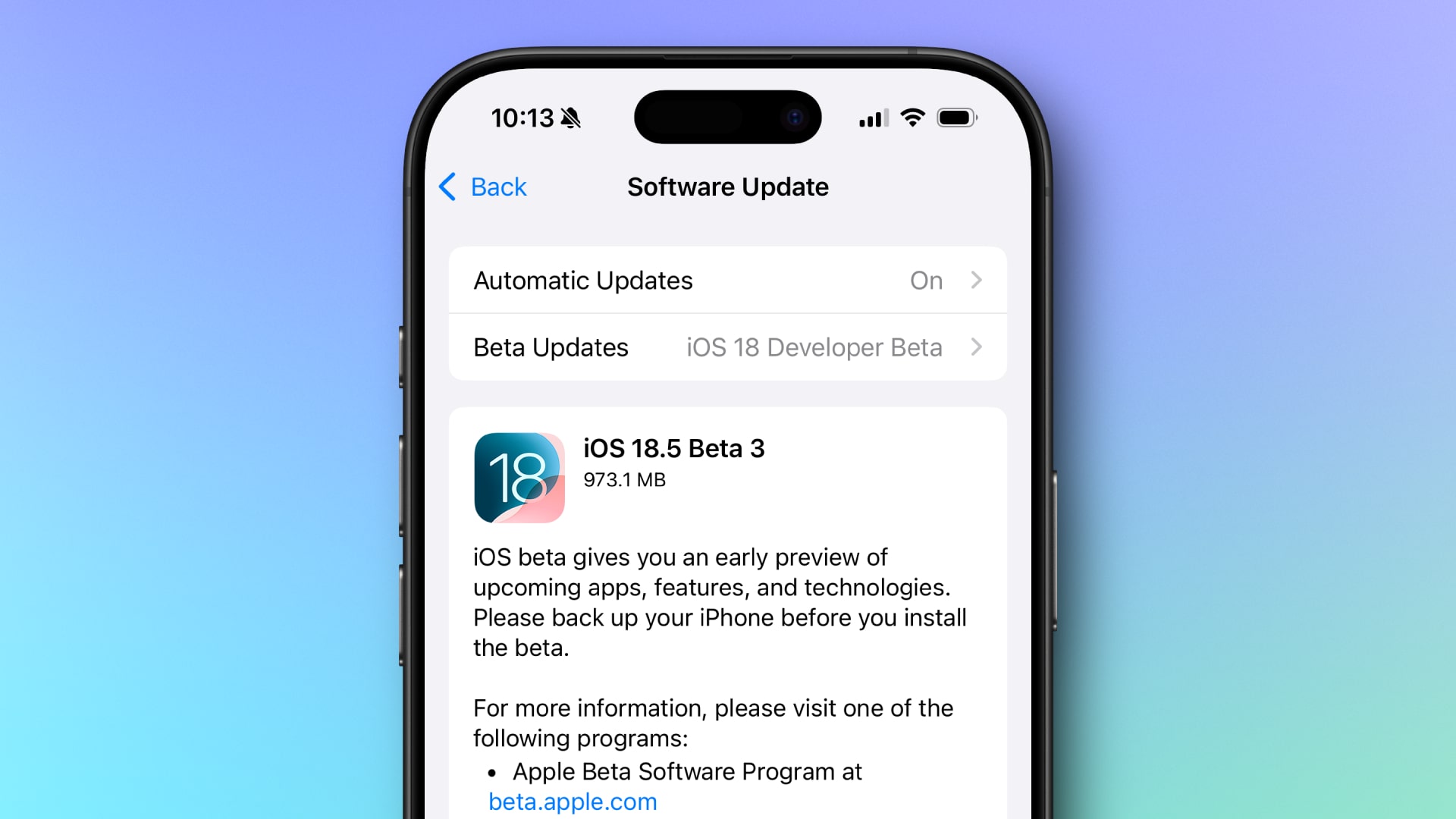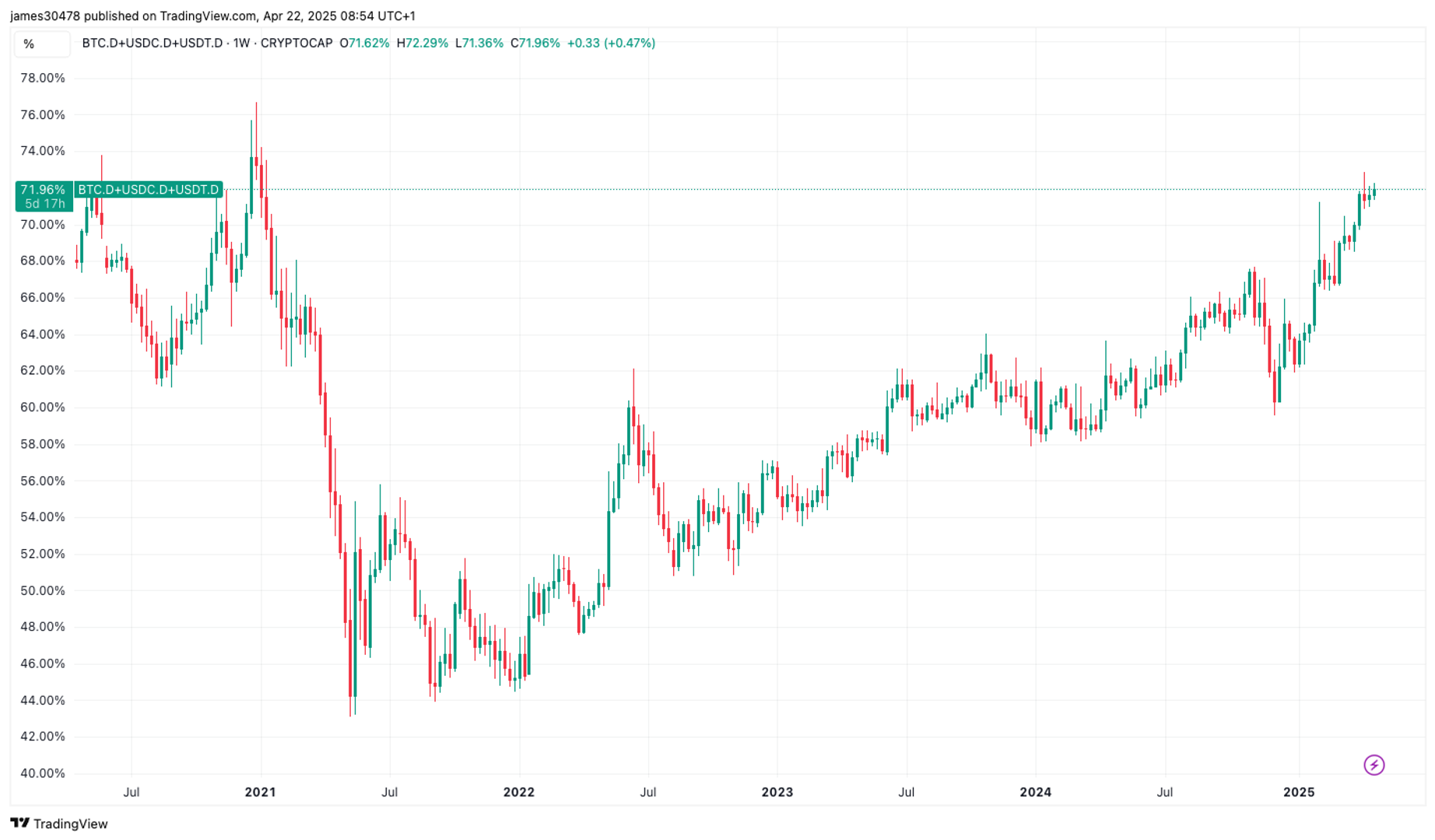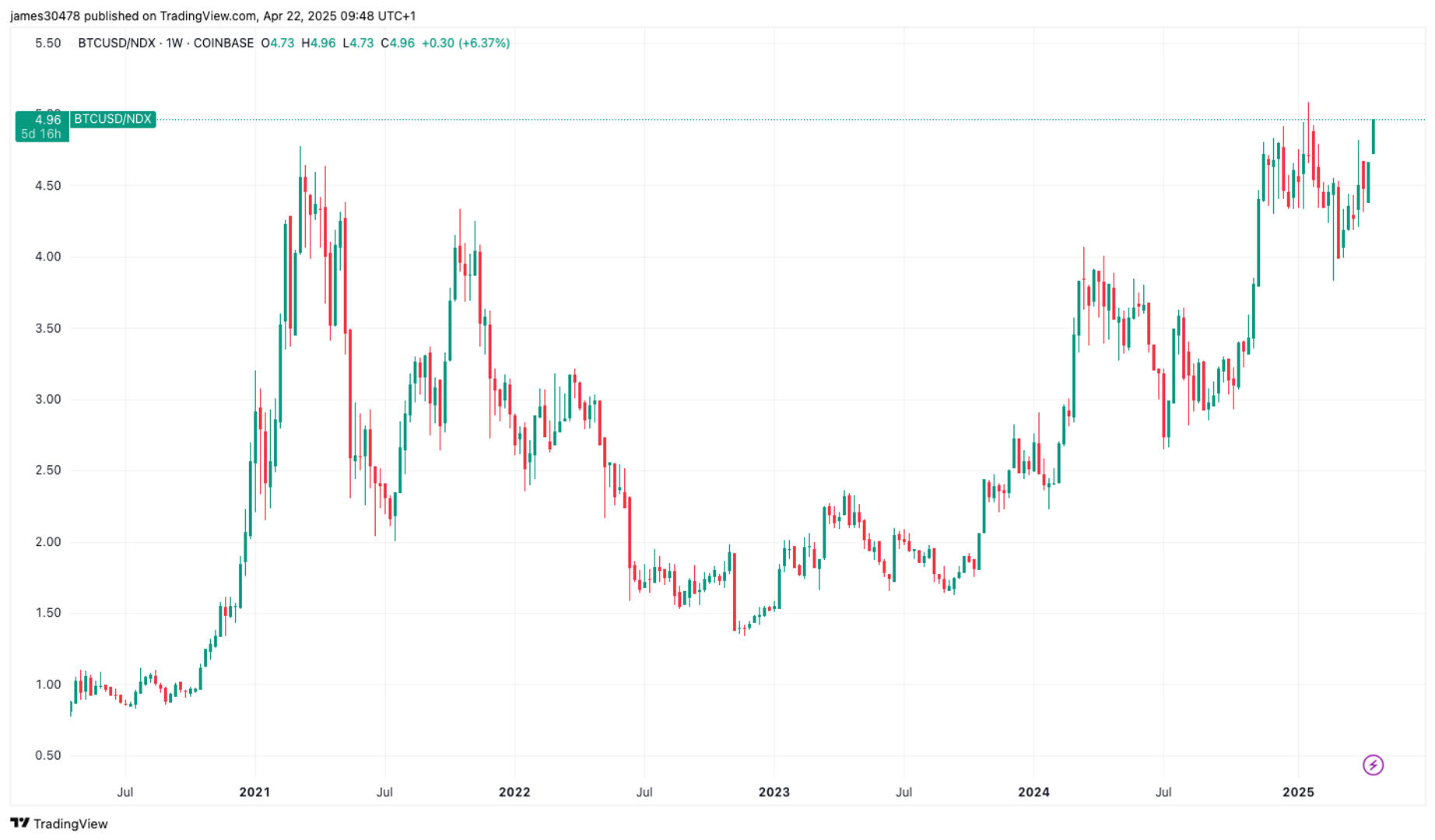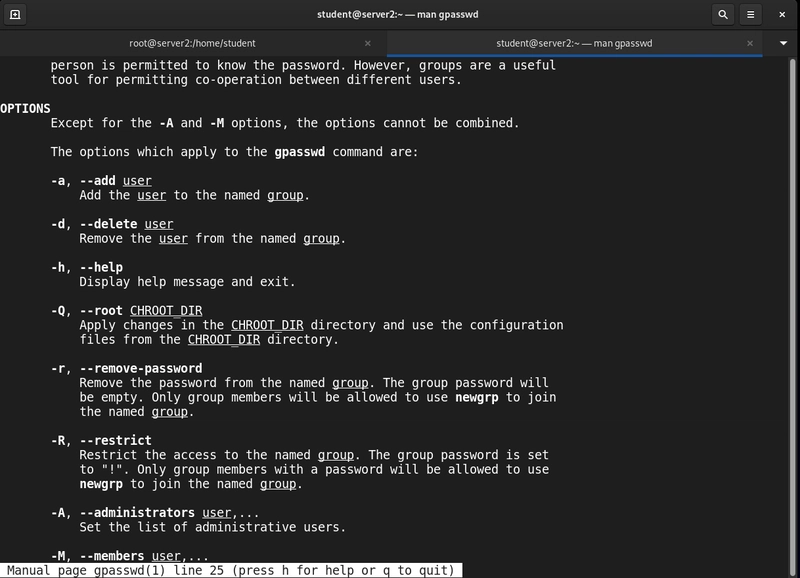Group Management in Linux: Create, Modify, and Manage Group Accounts Like a Pro
Table of Contents What is a Group in Linux? Types of Groups Where Group Data is Stored Essential Group Management Commands Create a Group Check Group Properties Modify Group ID Add or Remove Group Members Add/Remove Multiple Users Assign a Group Admin Check Group Admins Delete a Group Conclusion Description Learn how to manage groups in Linux using commands like groupadd, gpasswd, groupmod, and more. Includes clear examples and file references. Groups in Linux help system administrators organize users, manage permissions, and control access more efficiently especially in multi-user environments like servers and enterprise systems. In this guide, you’ll learn how to create, manage, and delete group accounts using real command-line examples. What is a Group in Linux? A group is a collection of user accounts. Groups are used to assign common permissions to multiple users and simplify system administration tasks. For example, giving read/write access to a project folder for all members of the dev group is easier than setting permissions for each user individually. Types of Groups Group Type Description Primary Group Automatically created when a new user is added. Each user belongs to exactly one primary group. Deleting the user also removes their primary group. Secondary Group Created and managed by superusers. Users can belong to multiple secondary groups for shared access to files or services. Where Group Data is Stored File Purpose /etc/group Stores group account properties /etc/gshadow Stores group admin and secure group info Essential Group Management Commands Create a Group groupadd testers - Creates a new group named testers Check Group Properties grep testers /etc/group - Displays group info like GID and members Modify Group ID groupmod -g 2025 testers - Changes the GID of the developers group to 2025 Add or Remove Group Members gpasswd -a alice testers - Add a user to a group Verify if alice is added to the testers group cat /etc/group | grep testers Remove a user from a group gpasswd -d alice testers Options you can use on gpasswd Add/Remove Multiple Users to a Group Current users gpasswd -M seth,mike,rose,mary,helen testers Note: Adds multiple users to the group. This replaces any existing members include all users (new + existing) to avoid removing others accidentally Assign a Group Admin gpasswd -A seth testers - Makes seth a group administrator for tester Check Group Admins grep testers /etc/gshadow - Shows who the group admins are Delete a Group groupdel testers - Deletes the testers group from the system. When you run the command grep testers /etc/group, it returns no results because the testers group has already been deleted from the system. Tip: Use the man command to explore additional options and details for any command. For example, man useradd shows all available flags and usage examples. Conclusion Groups are essential for managing user permissions in an organized and efficient way especially in teams or multi-user systems.

Table of Contents
- What is a Group in Linux?
- Types of Groups
- Where Group Data is Stored
-
Essential Group Management Commands
- Create a Group
- Check Group Properties
- Modify Group ID
- Add or Remove Group Members
- Add/Remove Multiple Users
- Assign a Group Admin
- Check Group Admins
- Delete a Group
- Conclusion
Description
Learn how to manage groups in Linux using commands like groupadd, gpasswd, groupmod, and more. Includes clear examples and file references.
Groups in Linux help system administrators organize users, manage permissions, and control access more efficiently especially in multi-user environments like servers and enterprise systems.
In this guide, you’ll learn how to create, manage, and delete group accounts using real command-line examples.
What is a Group in Linux?
A group is a collection of user accounts. Groups are used to assign common permissions to multiple users and simplify system administration tasks.
For example, giving read/write access to a project folder for all members of the dev group is easier than setting permissions for each user individually.
Types of Groups
| Group Type | Description |
|---|---|
| Primary Group | Automatically created when a new user is added. Each user belongs to exactly one primary group. Deleting the user also removes their primary group. |
| Secondary Group | Created and managed by superusers. Users can belong to multiple secondary groups for shared access to files or services. |
Where Group Data is Stored
| File | Purpose |
|---|---|
/etc/group |
Stores group account properties |
/etc/gshadow |
Stores group admin and secure group info |
Essential Group Management Commands
Create a Group
groupadd testers - Creates a new group named testers
Check Group Properties
grep testers /etc/group - Displays group info like GID and members

Modify Group ID
groupmod -g 2025 testers - Changes the GID of the developers group to 2025

Add or Remove Group Members
gpasswd -a alice testers - Add a user to a group
Verify if alice is added to the testers group
cat /etc/group | grep testers
Remove a user from a group
gpasswd -d alice testers
Options you can use on gpasswd
Add/Remove Multiple Users to a Group
Current users

gpasswd -M seth,mike,rose,mary,helen testers

Note: Adds multiple users to the group. This replaces any existing members include all users (new + existing) to avoid removing others accidentally
Assign a Group Admin
gpasswd -A seth testers - Makes seth a group administrator for tester

Check Group Admins
grep testers /etc/gshadow - Shows who the group admins are

Delete a Group
groupdel testers - Deletes the testers group from the system.

When you run the command grep testers /etc/group, it returns no results because the testers group has already been deleted from the system.
Tip:
Use the man command to explore additional options and details for any command. For example, man useradd shows all available flags and usage examples.
Conclusion
Groups are essential for managing user permissions in an organized and efficient way especially in teams or multi-user systems.












































































































































































![[The AI Show Episode 144]: ChatGPT’s New Memory, Shopify CEO’s Leaked “AI First” Memo, Google Cloud Next Releases, o3 and o4-mini Coming Soon & Llama 4’s Rocky Launch](https://www.marketingaiinstitute.com/hubfs/ep%20144%20cover.png)


































































































































![From fast food worker to cybersecurity engineer with Tae'lur Alexis [Podcast #169]](https://cdn.hashnode.com/res/hashnode/image/upload/v1745242807605/8a6cf71c-144f-4c91-9532-62d7c92c0f65.png?#)























![BPMN-procesmodellering [closed]](https://i.sstatic.net/l7l8q49F.png)





















































































.jpg?#)
.jpg?#)



































.webp?#)





























































































![CarPlay app with web browser for streaming video hits App Store [U]](https://i0.wp.com/9to5mac.com/wp-content/uploads/sites/6/2024/11/carplay-apple.jpeg?resize=1200%2C628&quality=82&strip=all&ssl=1)



![What’s new in Android’s April 2025 Google System Updates [U: 4/21]](https://i0.wp.com/9to5google.com/wp-content/uploads/sites/4/2025/01/google-play-services-3.jpg?resize=1200%2C628&quality=82&strip=all&ssl=1)











![Apple Releases iOS 18.5 Beta 3 and iPadOS 18.5 Beta 3 [Download]](https://www.iclarified.com/images/news/97076/97076/97076-640.jpg)
![Apple Seeds visionOS 2.5 Beta 3 to Developers [Download]](https://www.iclarified.com/images/news/97077/97077/97077-640.jpg)
![Apple Seeds tvOS 18.5 Beta 3 to Developers [Download]](https://www.iclarified.com/images/news/97078/97078/97078-640.jpg)
![Apple Seeds watchOS 11.5 Beta 3 to Developers [Download]](https://www.iclarified.com/images/news/97079/97079/97079-640.jpg)

































































































































